This is an amateur application - 'adding auto control to a manual motor control circuit' using an optocoupler to bridge opposite polarity circuits.
The existing 20 yo motors x 2 (-12V) are controlled manually, forward and reverse, by push buttons. The push buttons switch -5V to motor control hardware (TTL presumably).
I am adding auto control of the motors from a +5V (ST-4 guide camera) source.
With help from Stackexchange experts, I have come up with a basic layout, below.
Switch off auto to use manual. The push buttons will be physically guarded and wont get much use. This might need some modification to lockout inadvertent activation of the PBs.
My questions...
I need to choose an optocoupler (there are 4 channels). The optocoupler must be capable of a similar output as the push buttons (which I presume is logic level) and fast enough to be responsive to the ST-4 pulse guide commands.
The circuit should not be overly complex, have few components and therefore be reliable - it's mission critical.
I have perused a number of likely datasheets and to my inexperienced eye the FOD0721 look promising. It's fast and has an appropriate voltage rating.
Is this a sane choice, overkill or just inappropriate for the application?
What should I be looking for in an optocoupler for this type of application?

simulate this circuit – Schematic created using CircuitLab
This is the edited version based on discussion below.



